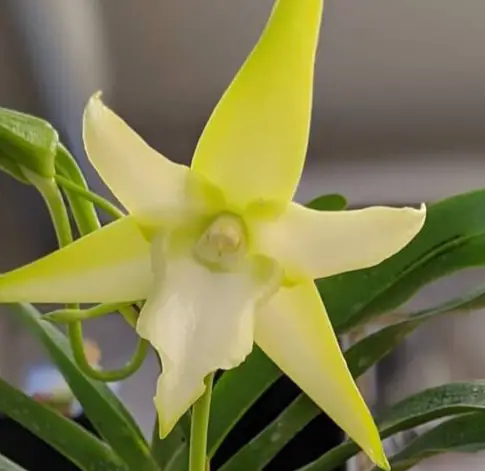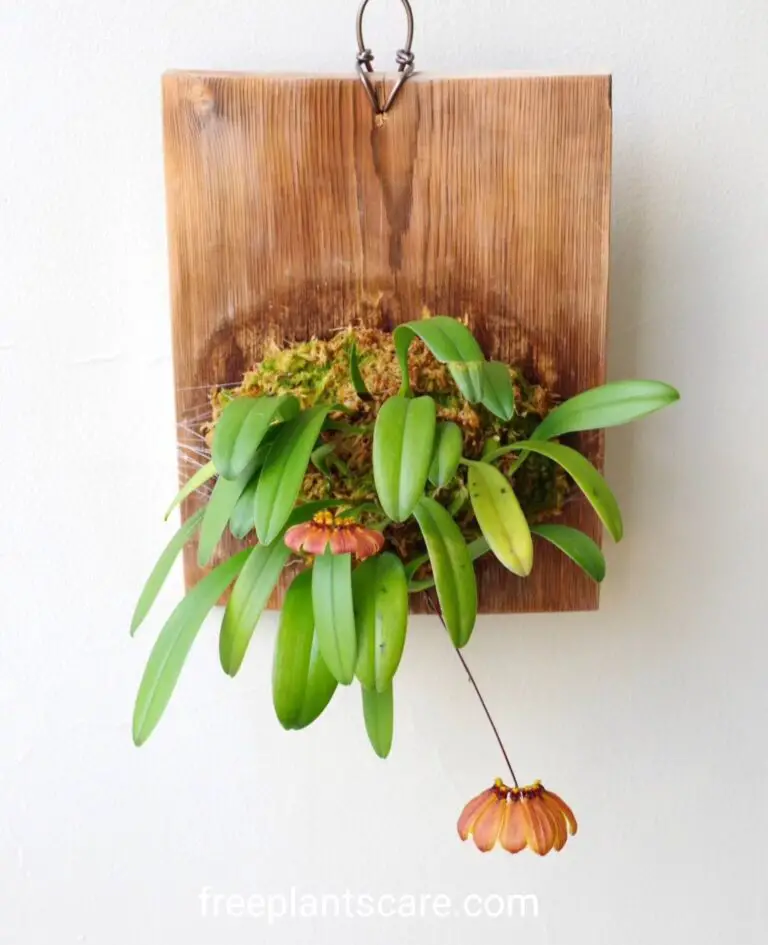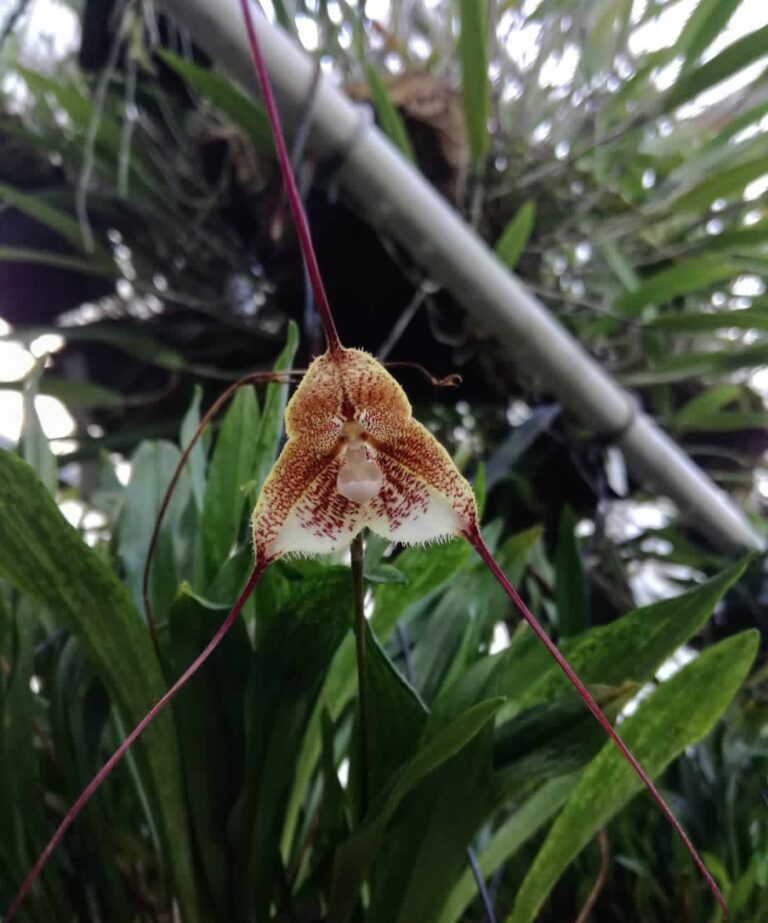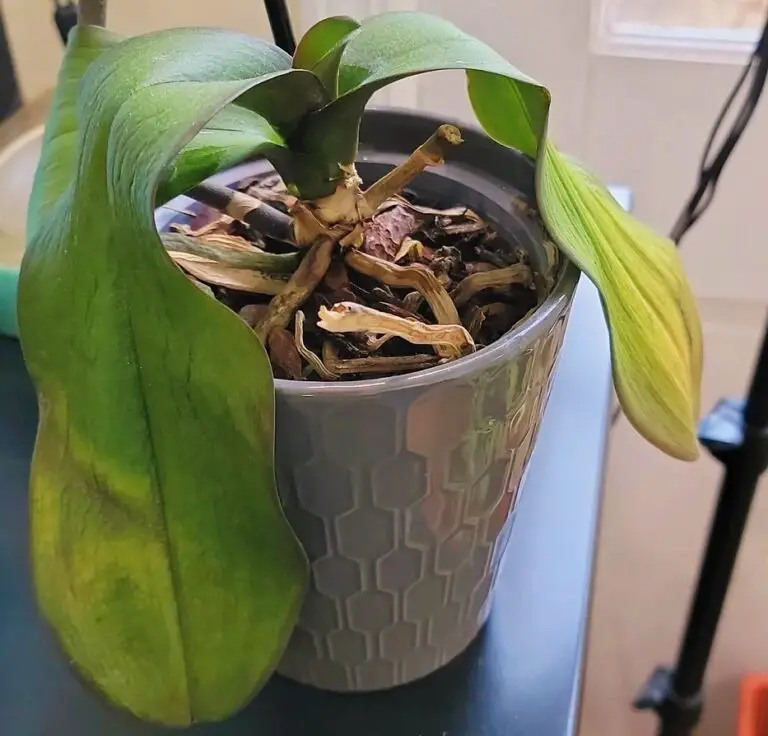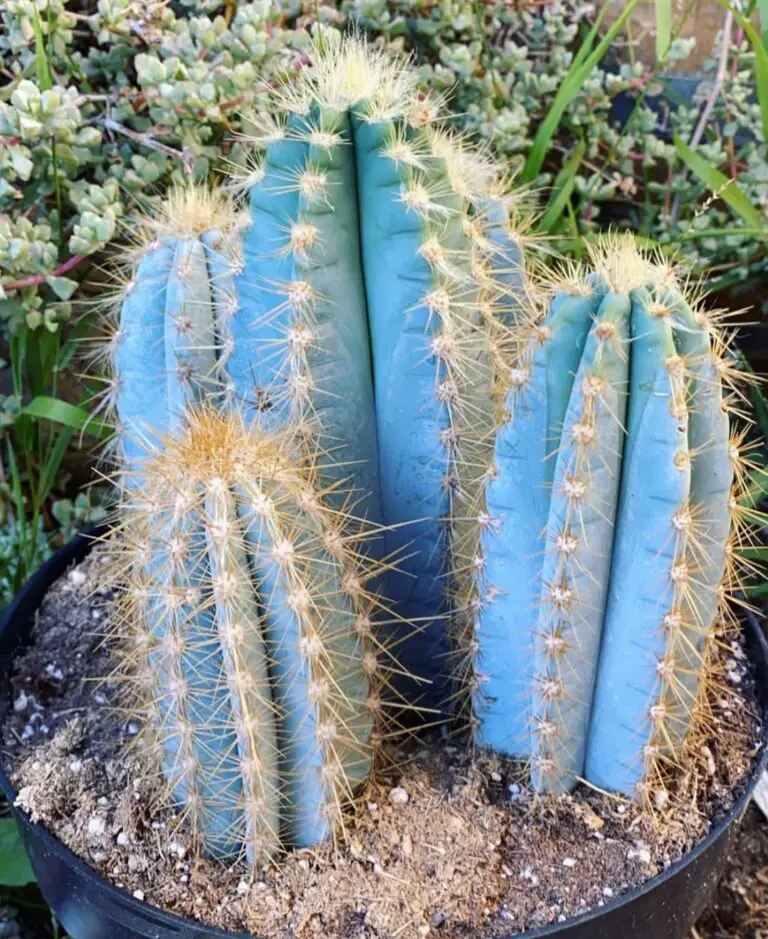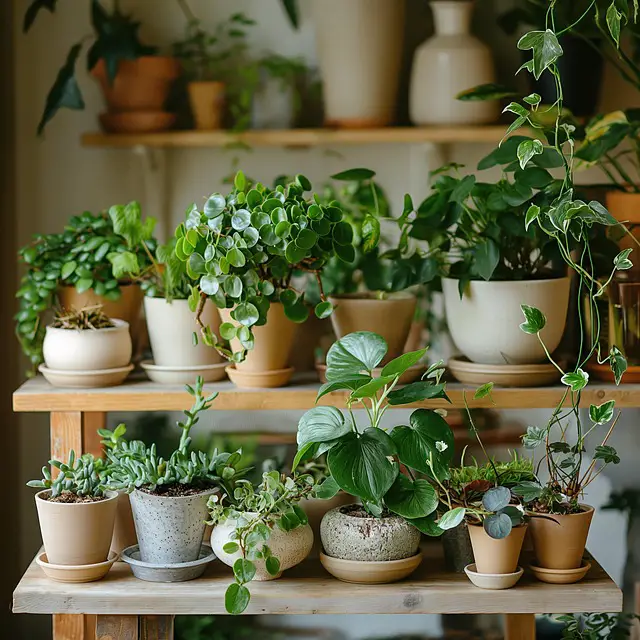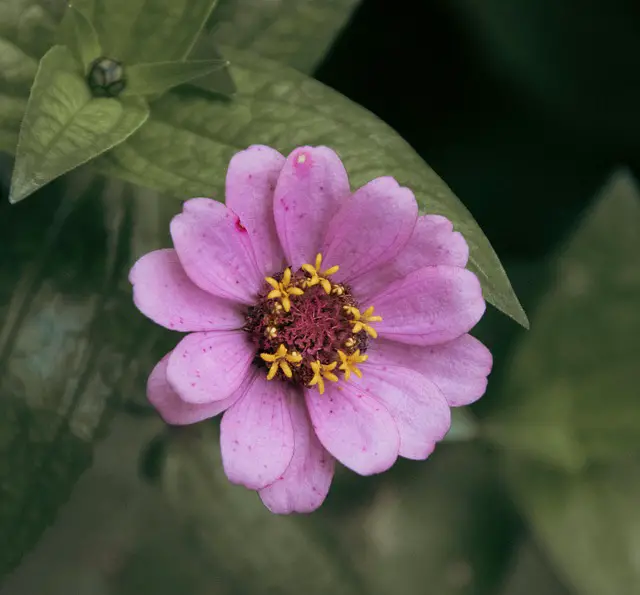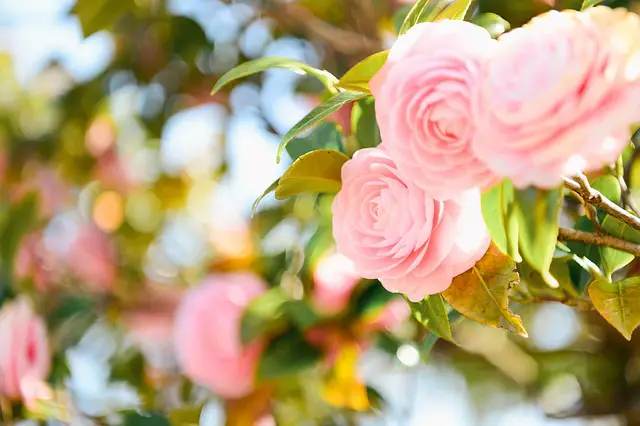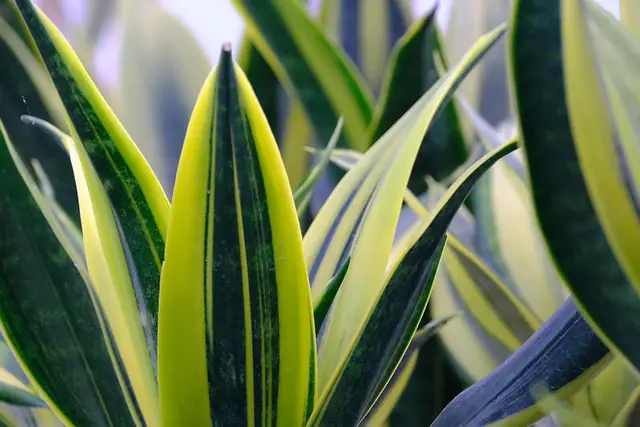Orchid flowers, especially phalaenopsis (commonly known as the moth orchid), are admired for their striking beauty and long-lasting blooms. However, a common problem that many orchid enthusiasts encounter is partially unopened flowers. You might notice that while the sepals open properly, the petals remain cupped around the throat, preventing the flower from fully displaying its splendor. If this sounds familiar, don’t worry—you’re not alone! In this post, we explore the various reasons why your orchid flowers won’t open fully and provides detailed solutions to help you achieve those picture-perfect blooms.
- 1 Why Orchid Flowers Won’t Fully Open
- 2 Understanding Peloric Blooms
- 3 Light Conditions:
- 4 Avoid Temperature Fluctuations and DraftsBeing tropical plants,
- 5 Watering Wisely
- 6 How to Water Correctly:
- 7 A Gentle Fertilizing Routine”
- 8 How to Fertilize:
- 9 Post-Bloom Care: Preparing for the Next Cycle
- 10 Steps for Post-Bloom Care:
- 11 FAQ: Orchid Flowers
Why Orchid Flowers Won’t Fully Open
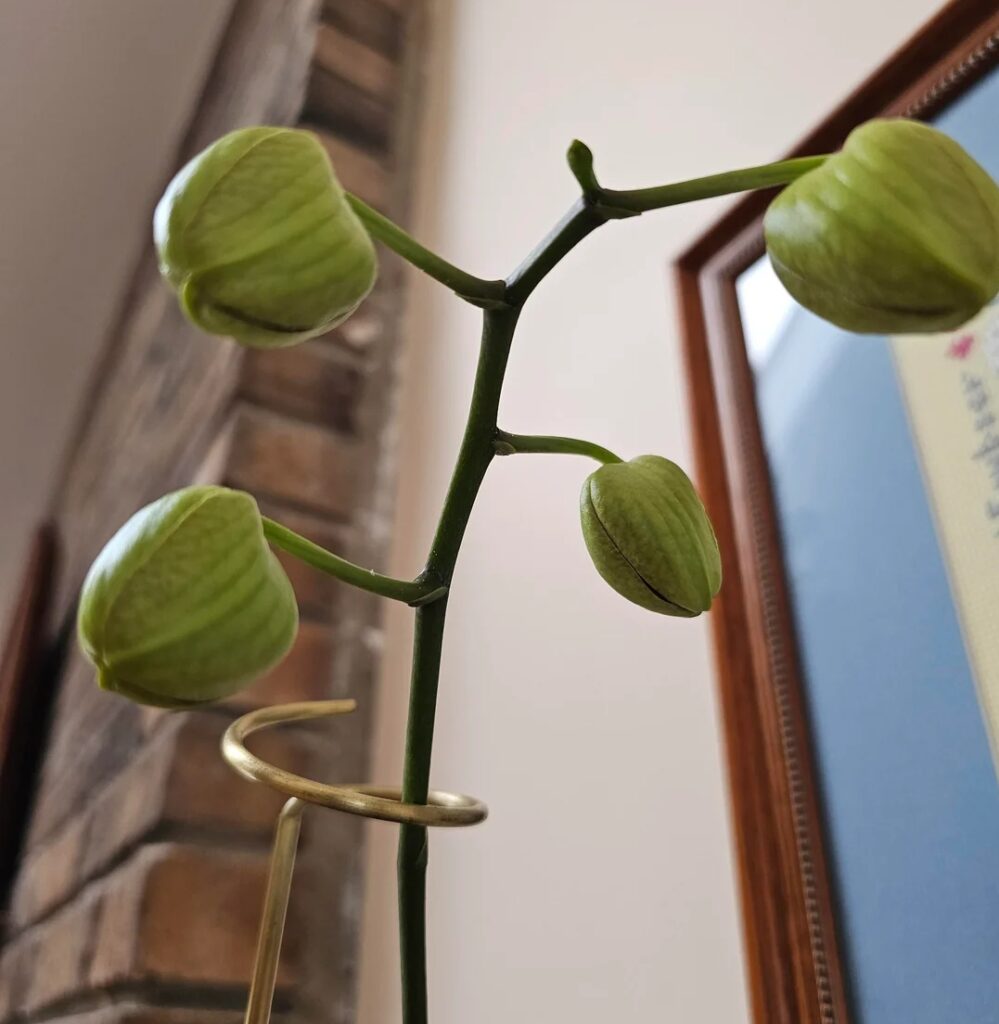
Understanding Peloric Blooms
One fascinating but lesser-known reason for partially unopened orchid flowers is something called “peloric blooms.” Peloria refers to a floral anomaly where the orchid’s petals try to mimic the shape of its lip, resulting in unusual flower structures. While some people love these unique blooms for their quirky appearance, others find them disappointing when they’re expecting a more typical orchid flower shape.
Peloric blooms can be caused by two main factors. The first is genetics, meaning your orchid may naturally produce these irregular flowers due to its genetic code. If genetics is the cause, there’s nothing you can do to change how the orchid blooms. The second cause is environmental stress, which includes sudden changes in light, temperature, or watering habits that confuse the plant during bud formation. Fortunately, if environmental factors are the culprit, future bloom cycles can return to normal with proper care.
Solution:
If your orchid consistently produces peloric blooms, it’s likely a genetic trait. In that case, embrace the uniqueness! However, if you suspect environmental stress, focus on maintaining stable conditions in terms of light, temperature, and humidity. Consistency is key to reducing stress and promoting healthy blooms in the future.
Light Conditions:
Not Too Much, Not Too Little One of the most important aspects of orchid maintenance is light.Orchids, especially phalaenopsis, need a delicate balance of bright, indirect light to bloom properly. If your orchid receives too much direct light, the plant can become stressed, resulting in distorted or incomplete flowers. On the other hand, if the orchid isn’t getting enough light, the buds may form but fail to open completely. This delicate balance can make light management challenging, especially if you live in an area with fluctuating sunlight throughout the year.
Solution:
To ensure your orchid gets just the right amount of light, place it near an east-facing window. This provides gentle morning sunlight, which is ideal for orchid growth. If an east-facing window isn’t available, a south or west-facing window will work, but make sure to filter the light using sheer curtains to avoid scorching the leaves. Additionally, orchids require about 12-14 hours of light daily, so during winter or in darker rooms, you might consider using artificial grow lights to supplement natural light.
Tip 1: Provide Proper Lighting place your orchid in bright, indirect light or use grow lights if necessary
Avoid Temperature Fluctuations and Drafts
Being tropical plants,
orchids are accustomed to stable temperatures and moderate humidity. Sudden changes in temperature or exposure to drafts can shock the plant, causing its flowers to remain partially closed or even drop prematurely. Drafts from air vents, ceiling fans, or frequently opened doors and windows are common causes of stress in indoor orchids.
Solution:
To avoid temperature-related issues, maintain a consistent indoor temperature between 65-75°F (18-24°C). During colder months, ensure that your orchid is placed away from direct exposure to cold drafts, such as those from windows or doorways. If you’re using heating or cooling systems, keep your orchid out of the path of vents and fans, as these can cause drying and fluctuating conditions that disrupt blooming. Stable humidity levels of around 50-60% are also beneficial, so consider using a humidifier if you live in a dry climate.
Watering Wisely
Watering orchids can be tricky, as both overwatering and underwatering can lead to problems. Overwatering often results in root rot, which weakens the plant and prevents the flowers from opening properly. Underwatering, on the other hand, can leave the orchid dehydrated, making it difficult for the buds to develop and open fully. Finding the right balance is crucial.
Tip 2: Water when the soil is dry, and ensure proper drainage to avoid overwatering
How to Water Correctly:
A good rule of thumb for watering orchids is to wait until the roots look silvery before watering again. When you do water, use lukewarm water and pour it over the potting medium, ensuring that the water drains completely. Never let your orchid sit in standing water, as this can quickly lead to root rot. Clear plastic pots with drainage holes are ideal for orchids because they allow you to monitor the root health and moisture levels more easily.
Tip Use a humidity tray or place your orchid on moist pebbles to keep humidity levels high.
A Gentle Fertilizing Routine”
In addition to light, temperature, and water, orchids need proper nutrition to bloom successfully. Without sufficient nutrients, the plant may produce weak or incomplete blooms. While orchids don’t require heavy feeding, they do benefit from a light, consistent application of fertilizer during the growing season. This helps provide the energy needed for healthy blooms and strong root development.
Tip: Use (Orchid’s Focus Grow )fertilizer to stimulate healthy growth in your orchids. This specialized fertilizer supports strong roots and foliage, creating the ideal foundation for vibrant blooms.
How to Fertilize:
Use a balanced orchid fertilizer (typically labeled 20-20-20) and dilute it to half or quarter strength. Apply this weak solution every week during the growing season. This method, often referred to as “weakly, weekly,” ensures that your orchid gets regular feeding without the risk of over-fertilization. Once your orchid begins blooming, you can reduce feeding to once a month. Always water lightly after fertilising to prevent salt accumulation in the potting material.
Post-Bloom Care: Preparing for the Next Cycle
Once your orchid has finished blooming, it’s important to give it proper care to ensure a healthy rebloom in the future. Many people are unsure of what to do with the flower spike once the last bloom falls off.
Steps for Post-Bloom Care:
When all the flowers have fallen off, cut the flower spike about 1 inch above the first node. This can encourage the plant to produce a secondary spike or new buds.
Remove any dead or decaying roots and leaves. Keeping the plant clean helps prevent disease and promotes new growth.
Continue with your regular watering and fertilizing routine.
Maintain the orchid in a bright, indirect light location, as it will now focus on vegetative growth in preparation for its next blooming cycle.
Tip : Protect from EthyleneKeep orchids away from ripening fruit and sources of ethylene gas
Patience is Key :Orchids are known for their patience-testing bloom cycles, but they reward dedicated care with stunning, long-lasting flowers. If your orchid flowers aren’t opening fully, don’t lose hope. With some adjustments to light, temperature, watering, and nutrition, your orchid will have the best chance to bloom fully and beautifully. Remember, orchids typically bloom once a year,but some bloom all year roundHowever, some orchids, such as Phalaenopsis (Moth Orchids), can bloom multiple times a year or even continuously under ideal conditions..so patience and consistent care are essential for success.
With a little love and effort, your orchid will thrive and amaze you with its spectacular blooms year after year.
FAQ: Orchid Flowers
Why are my orchid flowers not blooming?
Orchid flowers may not bloom if they don’t receive enough light, proper temperature, or adequate humidity. Ensuring the right environment can encourage blooming.
How long do orchid flowers last?
Typically, orchid flowers can last between 6 to 10 weeks, depending on the orchid variety and care.
Why are my orchid flowers falling off early?
If orchid flowers fall off too soon, it may be due to sudden changes in temperature, insufficient humidity, or aging blooms.
Can I grow orchid flowers indoors?
Yes, many types of orchid flowers thrive indoors with the right amount of light, humidity, and temperature
How do I revive drooping orchid flowers?
Drooping orchid flowers can be revived by ensuring proper hydration, improving humidity levels, and avoiding direct sunlight.
What fertilizer should I use for orchid flowers?
A balanced orchid fertilizer (20-20-20) diluted to half strength works best for healthy orchid flowers.
How can I increase the number of orchid flowers on my plant?
To increase the number of orchid flowers, provide proper care, including balanced fertilization, humidity, and sufficient light.

